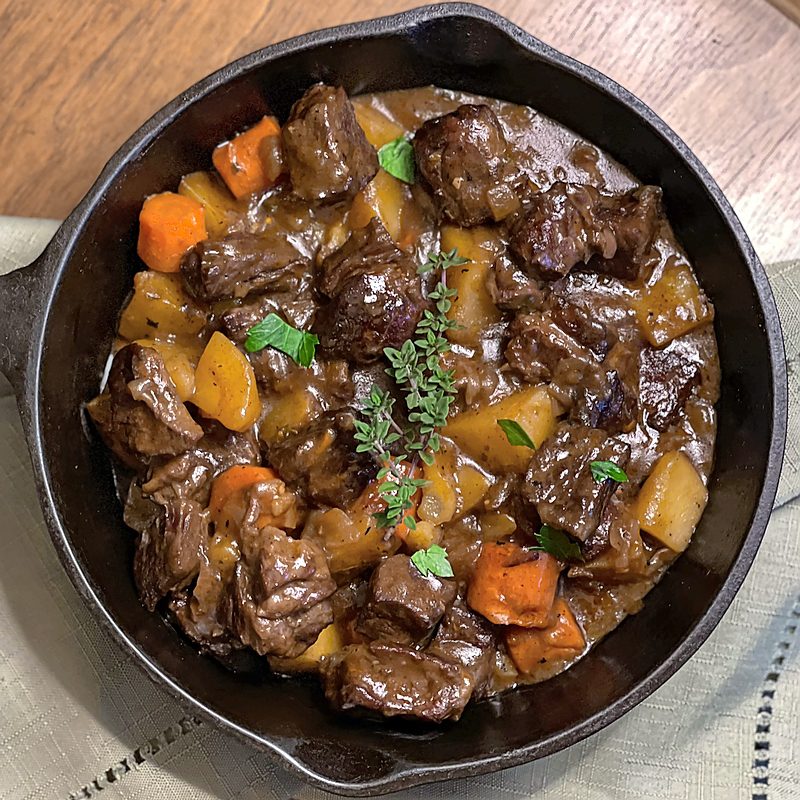Slow-cooking is a popular method of cooking that involves cooking food on low heat for an extended period to make it tender and flavorsome. Perfect for dishes like stews, soups, and roasts, slow-cooking helps to break down tough proteins, resulting in succulent dishes. Tips for beginners to the slow-cooking method include selecting the right cut of meat, using low heat, layering flavors, and using enough liquid. Slow-cooking can be achieved through various methods, including braising, stewing, using a slow cooker, and a Dutch oven. With practice, slow-cooking can help transform tough cuts of meat into succulent dishes.
From Braising to Stewing: Unlocking the Magic of Slow-Cooking
Slow-cooking is a method of cooking that involves using low heat for an extended period to tenderize food and develop rich flavors. The slow-cooking method allows for the concentration of flavors and the breaking down of tough proteins, resulting in tender and succulent dishes.
Many dishes that benefit from slow-cooking include stews, braises, soups, and roasts. These are dishes that are not only flavorful but also budget-friendly and a great way to utilize tougher cuts of meat.
Tips and Tricks for Beginners
If you’re new to slow-cooking, there are a few essential tips that can help you unlock the magic of the method.
Choose the right cut of meat
When it comes to slow-cooking, choosing the right cut of meat is critical. Tougher cuts of meat, such as beef chuck, pork shoulder, and lamb shanks, are perfect for slow-cooking. These cuts have a lot of connective tissue and benefit from the long, slow cooking process. Tender cuts, such as filet mignon, are not well-suited for slow-cooking.
Use low heat
Slow-cooking typically involves cooking food on a low heat setting for an extended period. Using high heat will shorten the cooking time, but it can result in overcooked or dry food. Keep the heat on low to allow the flavors to develop, and the meat to tenderize.
Add layers of flavor
Don’t be afraid to add layers of flavor to your dishes. Slow-cooking allows for the accumulation of deep, rich flavors. Adding aromatic vegetables, such as onions, carrots, and celery, along with herbs and spices, can elevate the flavor of your dishes.
Don’t skimp on the liquid
Slow-cooking requires a lot of moisture to help tenderize the meat and develop rich flavors. Don’t skimp on the liquid when making stews and braises. Broths, stocks, and wines are excellent choices for adding depth of flavor and moisture to your dishes.
Slow-Cooking Methods
There are a few different ways to slow-cook, each with its advantages and disadvantages.
Braising
Braising is a slow-cooking method that involves browning meat and then cooking it in a liquid for an extended period. This cooking method can take several hours, but it results in tender and flavorful dishes. Braising is an excellent method for tougher cuts of meat, such as beef short ribs or lamb shanks.
Stewing
Stewing is similar to braising, but instead of browning the meat first, all the ingredients are combined in a pot and cooked together. This method results in a thicker sauce and can be used for a variety of dishes, such as beef stew or chicken casserole.
Slow Cooker
A slow cooker is a kitchen appliance that is designed for slow-cooking. It’s perfect for busy households because you can set it in the morning and come home to a hot and delicious meal. Slow cookers are also ideal for stews, casseroles, and roasts.
Dutch Oven
A Dutch oven is a versatile cooking vessel that can be used for both stovetop and oven cooking. It’s perfect for braising and can be used to sear meat and then transfer it to the oven for slow-cooking.
Unlocking the Magic of Slow-Cooking
Slow-cooking is a method that can transform tough cuts of meat into succulent and mouth-watering dishes. When done correctly, slow-cooking can produce some of the most flavorful and tender dishes you’ve ever tasted. With a few essential tips and tricks and a little practice, you can unlock the magic of slow-cooking and create dishes that will impress even the most discerning of palates.
